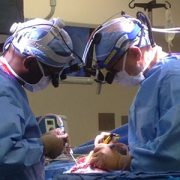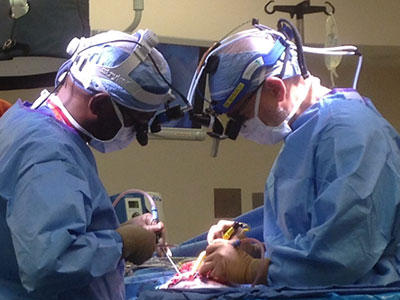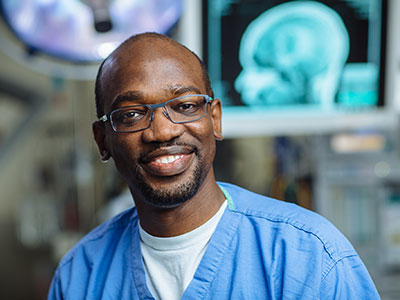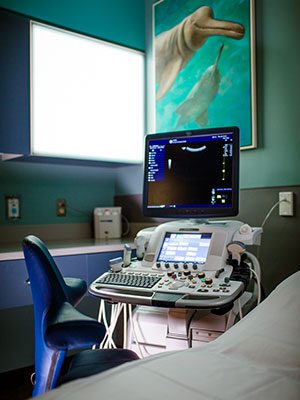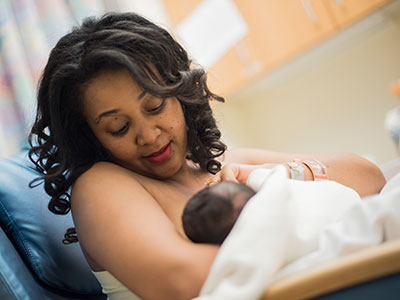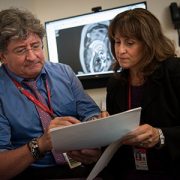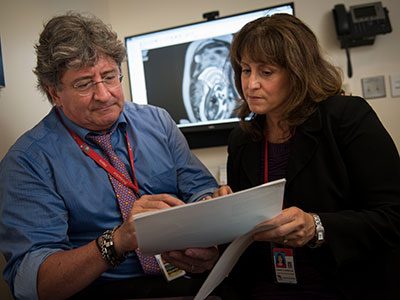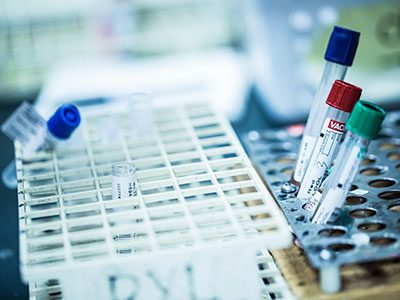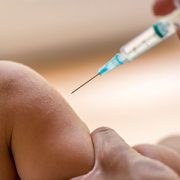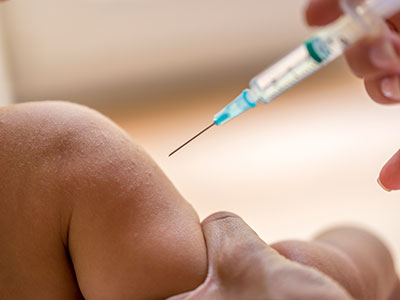How the environment helps to shape the brain

“The strength, duration and timing of environmental experience influences plasticity in brain circuitry, which is made up of communication cables called axons that link neurons throughout the brain and are coated by myelin, a fatty substance that helps nerve impulses speed from place to place,” says Vittorio Gallo, Ph.D., Chief Research Officer at Children’s National and senior study author.
Researchers have long known that babies of all kinds need to be exposed to rich, complex environments for optimal brain health and potential. Exposure to new sights, sounds and other sensory experiences appears to be critical for strengthening infants’ developing brains and encouraging smoothly running neural networks. Until recently, little was known about the biological mechanisms behind this phenomenon.
In a review article published online Aug. 22, 2017 in Trends in Neurosciences, Children’s National Health System researchers discuss the role of environmental stimuli on the development of myelin—the fatty insulation that surrounds the extensions that connect cells throughout the nervous system and make up a large part of the brain’s white matter. Positive influences, such as exposure to a large vocabulary and novel objects, can boost the growth of myelin. Conversely, negative influences, such as neglect and social isolation, can harm it, potentially altering the course of brain development.
“The strength, duration and timing of environmental experience influences plasticity in brain circuitry, which is made up of communication cables called axons that link neurons throughout the brain and are coated by myelin, a fatty substance that helps nerve impulses speed from place to place,” says Vittorio Gallo, Ph.D., Chief Research Officer at Children’s National and senior study author. “As it responds to environmental stimuli, the brain continually shores up myelin’s integrity. Just as important, damaged myelin can leave gaps in the neural network which can lead to cognitive, motor and behavioral deficits.”
According to Gallo and study lead author Thomas A. Forbes, a pool of oligodendrocyte progenitor cells (OPCs) specialize in making myelin and do so from childhood into adulthood. The resulting oligodendrocyte cells (OLs) form an important working partnership with axons. From approximately 23 to 37 weeks’ gestation, OLs develop in the fetal brain and they continue to be generated after birth until adolescence.
“This dynamic feedback loop between myelin plasticity and neuronal excitability is crucial,” Forbes says. “It helps to strengthen motor and cognitive function and permits children and adults to learn new skills and to record new memories.”
In utero, genetics plays an outsized role in the initial structure of white matter, which is located in the subcortical region of the brain and takes its white color from myelin, the lipid and protein sheath that electrically insulates nerve cells. Defects in the microstructural organization of white matter are associated with many neurodevelopmental disorders. Once infants are born, environmental experiences also can begin to exert a meaningful role.
“The environment can be viewed as a noninvasive therapeutic approach that can be employed to bolster white matter health, either on its own or working in tandem with pharmacologic therapies,” Gallo adds. “The question is how to design the best environment for infants and children to grow and to achieve the highest cognitive function. An enriched environment not only involves the opportunity to move and participate in physical exercise and physical therapy; it is also an environment where there is novelty, new experiences and continuously active learning. It is equally important to minimize social stressors. It’s all about the balance.”
Among the potential interventions to boost brain power, independent of socioeconomic status:
- Exposing children to new and different objects with an opportunity for physical activity and interaction with a number of playmates. This type of setting challenges the child to continuously adapt to his or her surroundings in a social, physical and experiential manner. In experimental models, enriched environments supported brain health by increasing the volume and length of myelinated fibers, the volume of myelin sheaths and by boosting total brain volume.
- Exposure to music helps with cognition, hearing and motor skills for those who play an instrument, tapping multiple areas of the brain to work together collaboratively. Diffusion tensor imaging (DTI) reveals that professional pianists who began playing as children have improved white matter integrity and plasticity, Gallo and Forbes
- At its heart, active learning requires interacting with and adapting to the environment. Generating new OLs influences learning new motor skills in the very young as well as the very old. And cognitive training and stimulation shapes and preserves white matter integrity in the aging.
- DTI studies indicate that four weeks of integrative mind-body training alters myelination and improves white matter efficiency with especially pronounced changes in the area of the brain responsible for self-regulation, impulse control and emotion.
- Voluntary exercise in experimental models is associated with OPCs differentiating into mature OLs. Imaging studies show a positive relationship between physical fitness, white matter health and the brain networks involved in memory.
Conversely, such negative influences as premature birth, poor nutrition, disease, neglect and social isolation can degrade myelin integrity, compromising the person’s ability to carry out basic motor skills and cognitive function. Usually, the pool of OPCs expands as the fetus is about to be born. But brain injury, lack of oxygen and restricted blood supply can delay maturation of certain brain cells and can cause abnormalities in white matter that diminish the brain’s capacity to synthesize myelin. Additional white matter insults can be caused by use of anesthesia and stress, among other variables.
The environmental influence has the potential to be “the Archimedes’ Lever to appropriating WM development among a limited range of only partially efficacious treatment options,” the authors conclude.





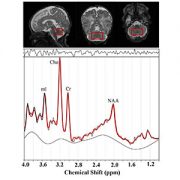


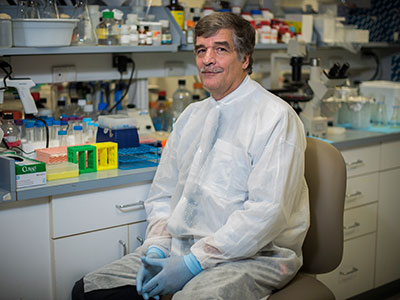

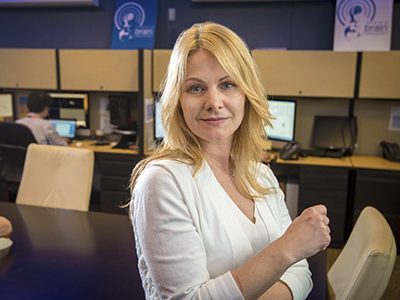

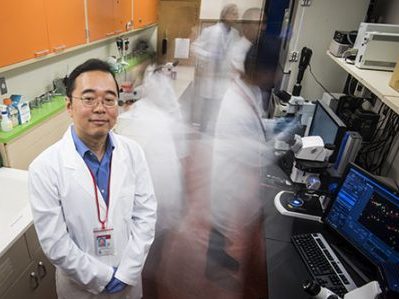



 Children’s National is proud to be named #1 in
Children’s National is proud to be named #1 in 